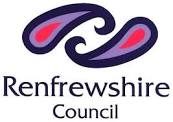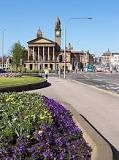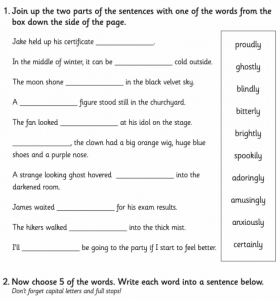Comprehension – VE Day 75th Anniversary Daily News Story


- Read and answer the questions on the news report.
Choose one of the following activities
- Discover – Where is your local war memorial? What is it made from? When was it erected
- Solve The Tommy figures are 25cm high. The average height of a man in the UK is 175cm. As a ratio, what scale is the figure? The average arm length is 70cm. How long will the arm be on the figure?
- Poems are often written to mark important occasions in history. Write a poem inspired by the 75th anniversary of VE Day. You may want to focus on the sacrifice that soldiers made during the war. You could look at an image of VE Day from 1945 and consider the sounds that you may have heard, as people celebrated the end of the war in Europe.

Class Novel Reading
After gathering in the results from the class vote, the most popular book and chosen book for our class novel this term is ‘Holes’ by Louis Sachar.


Have a look at the front cover. (Complete on Seesaw)
- What do you think the book will be about?
- What things can you see on the front cover?
- What sort of story will it be?
- Who might enjoy it?
Now read the blurb:
- were any of your predictions correct?
- When do we see holes?
- What might be the significance of the lizard on the front cover?
We are not going to start the book as a class until Monday 11th May. You may wish to read the book over the long weekend. Below is the link to Amazon’s audible book list which gives you free access for 30 days to audio books.
https://www.audible.co.uk/?source_code=M2M30DFT1BkSH101514005A&&ipRedirectOverride=true




























